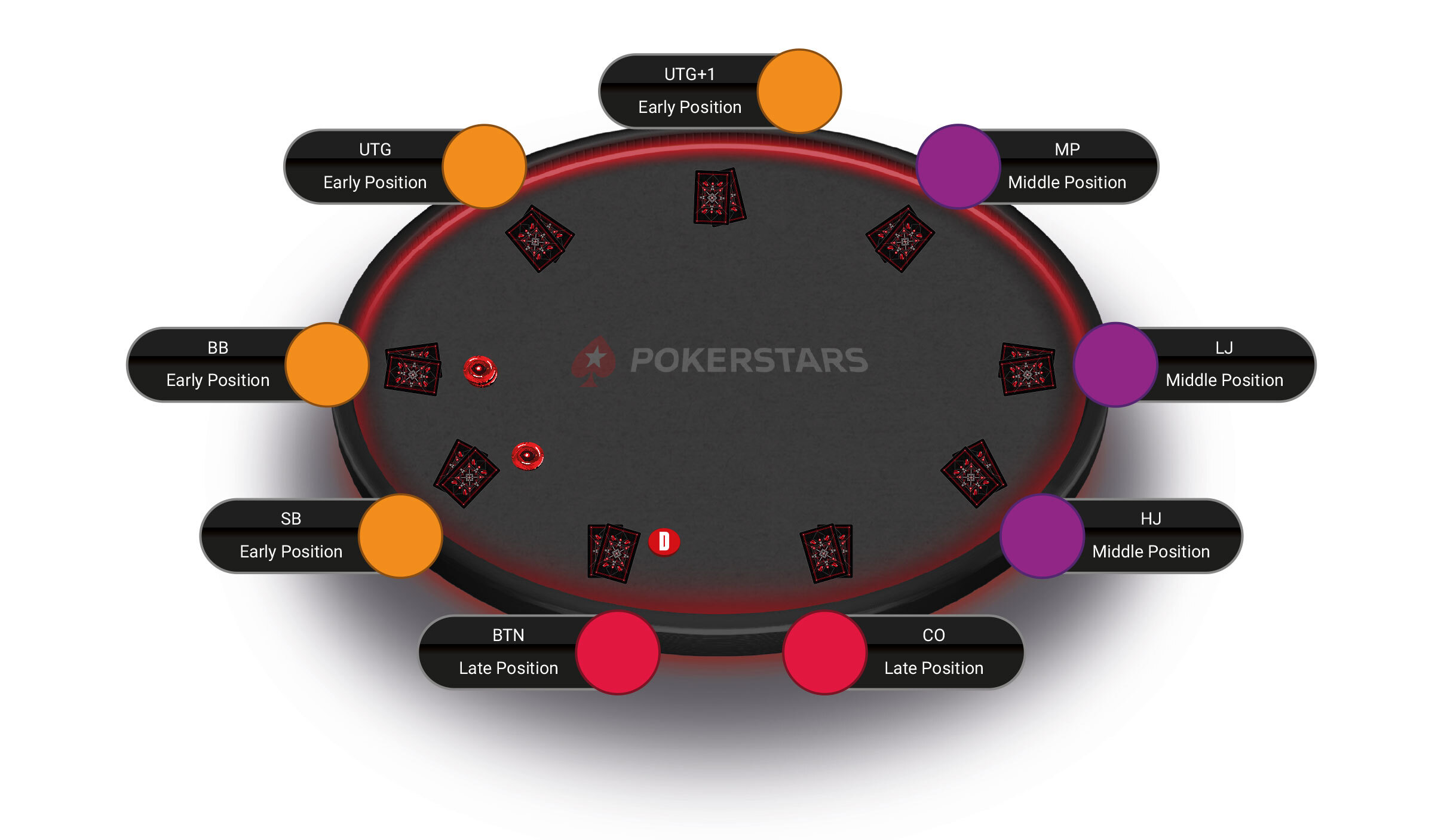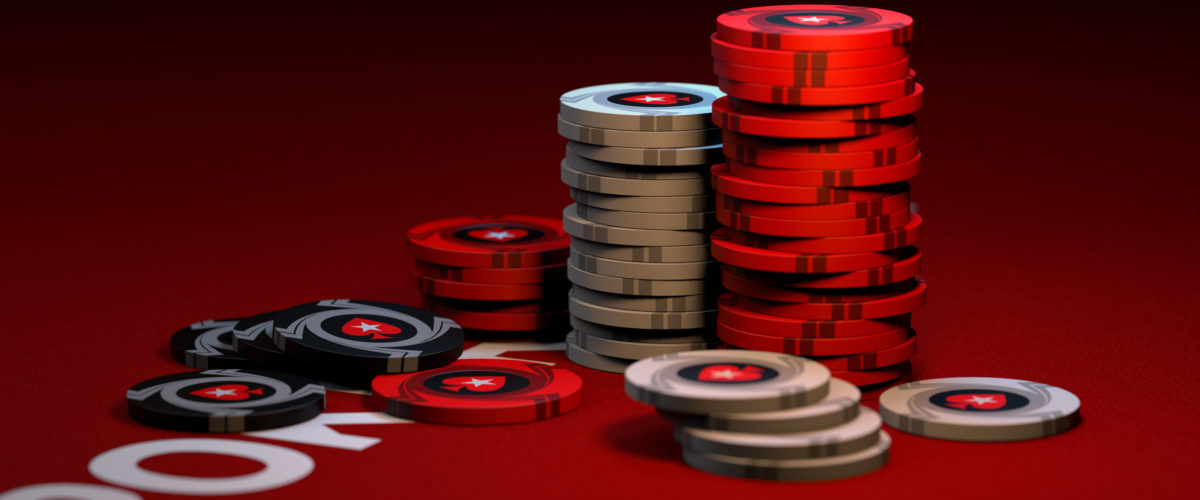Table Position
Good poker players are obsessed with “position” – specifically, their position relative to the dealer button during any hand of play. The dealer button not only determines which players post the two blinds (in the two seats immediately left of the button), but also the order of the action on all subsequent betting rounds.
Action in poker moves clockwise, away from the dealer. The player to the dealer’s immediate left acts first and betting progresses all the way round the table until it reaches the dealer again.
It follows that it is always best to be the dealer. On most of the betting rounds (and all of those post-flop) the dealer is the last person to act, which means he or she has been able to accrue the most information on the strength of the other players’ hands.
If the opponents have all shown weakness, by checking for example, the dealer can bet and expect to pick up small pots. If any of the opponents have shown strength, with big bets or raises, the dealer can fold and lose the minimum from weaker hands.
Playing strategy alters depending on table position, with a nine-handed table being divided into early, middle and late position.

Early Position
Players in the two blind seats – the small blind (SB) and the big blind (BB) – are considered to be in “early position”. Likewise the players in the two seats immediately to the left of the big blind.
The first of these, immediately to the left of the big blind, is said to be “under the gun” (UTG) because this player is the first to act in the pre-flop betting round and has no information at all on what his opponents intend to do. The player to his left, also in early position, is UTG+1.
Players in early position need to have extremely strong hands to enter a pot. They will be forced to act earliest and will have minimal information from their opponents.
Middle Position
“Middle position” (MP) is defined as those seats between the player UTG+1 and the seat to the the dealer’s immediate right. Players in middle position can have marginally looser starting hand requirements than those in early position because there are fewer players to their left to act behind them.
However it is still risky to enter a pot from this position as the players in later position will have an advantage.
Late Position
“Late position” is by far the strongest position to be. The seat to the immediate right of the dealer is known as the “cut off” (CO). The dealer is said to be “on the button” (BTN).
These are the best seats to have because you can see all the action ahead and can gather the most information. It follows that you can have significantly weaker holdings in these positions because you have the best opportunity to judge the strength of the hands you are facing.
Summary
Position is important because being able to act after other players gives you critical information. If several players have already entered the hand, you know that you need a much stronger holding to play. Conversely, if everyone has folded around to you, any two cards might be enough to raise the blinds.
Generally, you should play more hands from late position than from middle position, and more from middle position than from early position.
It is also crucial that you understand the relative strength of poker hands, and this lesson about position should be read and understood in conjunction with the starting hands lesson later on in this course.

